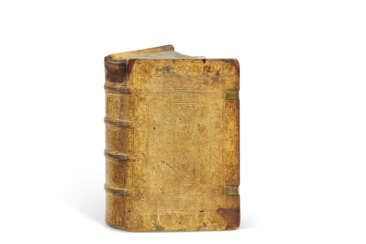art gothique
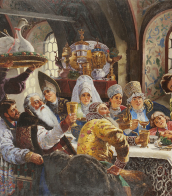

Jean Philippe Arthur Dubuffet, a pioneering French painter and sculptor, revolutionized the post-war art scene with his radical Matterism movement. He defied the conventional aesthetics of his time, championing "low art" and propelling a more genuine, humanistic image-making approach.
Dubuffet, born in Le Havre, France, in 1901, was a prominent figure at the Ecole de Paris and an advocate for Art Brut, or "raw art", which sought to capture art's purest form. His works were characterized by a rough, unrefined aesthetic, which eschewed academic norms in favor of spontaneity and authenticity.
Art enthusiasts and experts can view Dubuffet's innovative works at institutions like the Museum of Modern Art, where his legacy as a groundbreaking artist continues to be celebrated. His Matterism philosophy has left an indelible mark on the art world, inspiring generations of artists to embrace the beauty in the unconventional.
For those interested in the avant-garde and the legacy of Jean Philippe Arthur Dubuffet, sign up for our exclusive updates. This service is designed for connoisseurs and professionals in the art and antique sector, promising alerts on new insights and events strictly related to Dubuffet's profound influence.

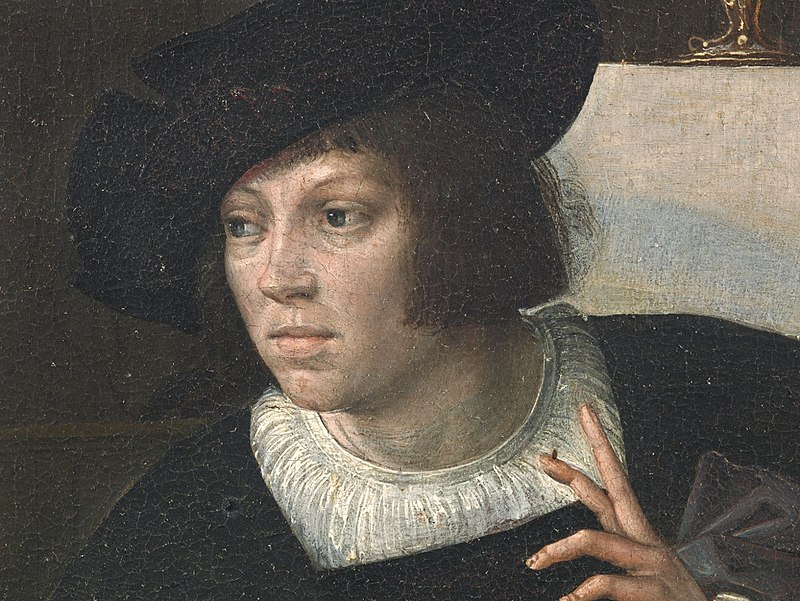
Bernard van Orley was a versatile Flemish artist and representative of Dutch and Flemish Renaissance painting, who was equally active as a designer of tapestries and, at the end of his life, stained glass. Although he never visited Italy, he belongs to the group of Italianizing Flemish painters called the Romanists, who were influenced by Italian Renaissance painting, in his case especially by Raphael.


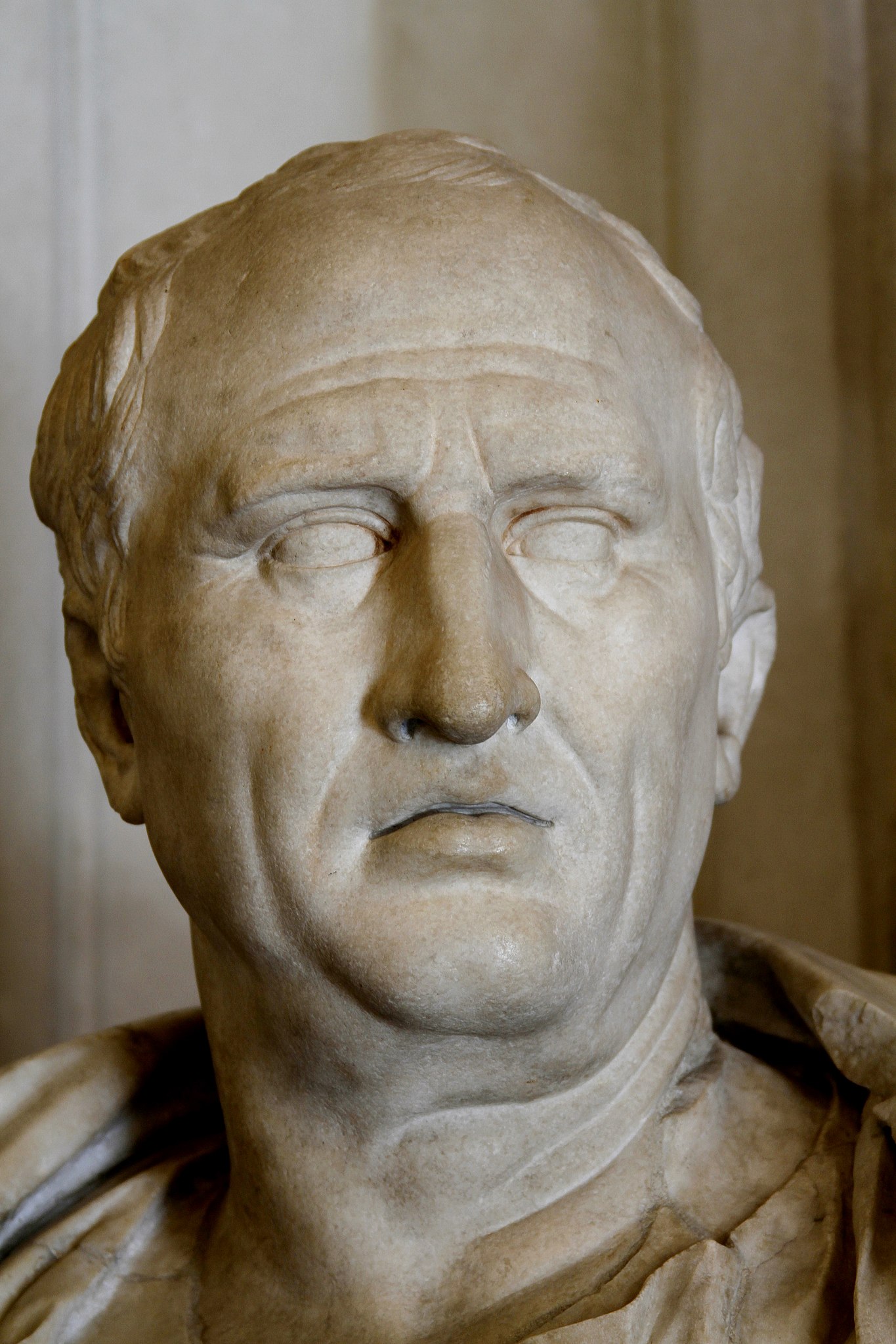
Marcus Tullius Cicero was a Roman statesman, lawyer, scholar, philosopher, and academic skeptic, who tried to uphold optimate principles during the political crises that led to the establishment of the Roman Empire. His extensive writings include treatises on rhetoric, philosophy and politics. He is considered one of Rome's greatest orators and prose stylists. He came from a wealthy municipal family of the Roman equestrian order, and served as consul in 63 BC.
His influence on the Latin language was immense. He wrote more than three-quarters of extant Latin literature that is known to have existed in his lifetime, and it has been said that subsequent prose was either a reaction against or a return to his style, not only in Latin but in European languages up to the 19th century. Cicero introduced into Latin the arguments of the chief schools of Hellenistic philosophy and created a Latin philosophical vocabulary with neologisms such as evidentia, humanitas, qualitas, quantitas, and essentia, distinguishing himself as a translator and philosopher.

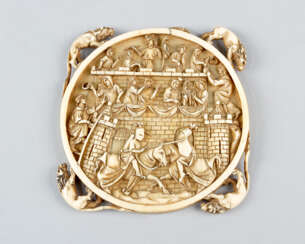

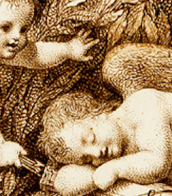
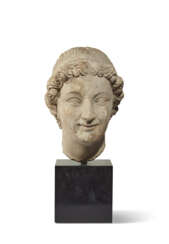


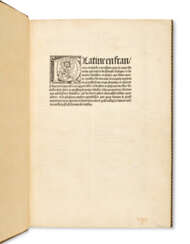


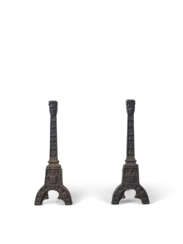

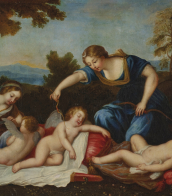
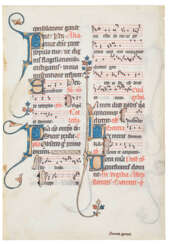




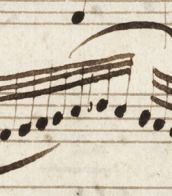
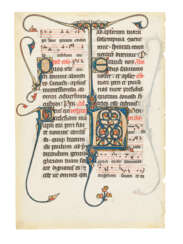




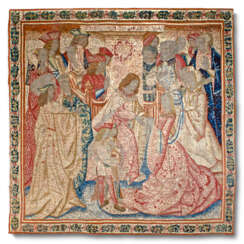

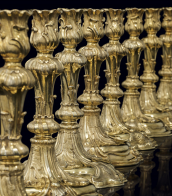
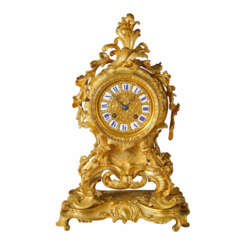





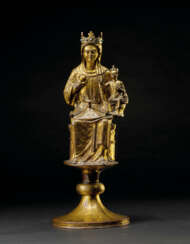







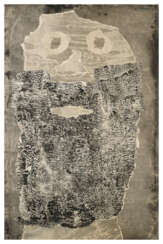

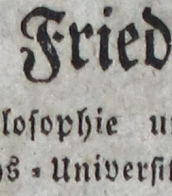



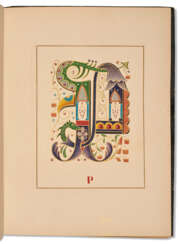


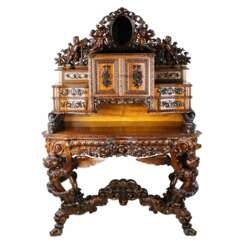




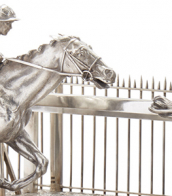
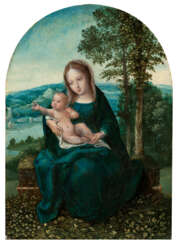

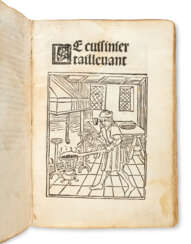

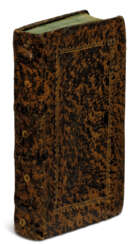


![[DESPORTES, Philippe (1546-1606)] LEMAIRE DE BELGES, Jean (1473- vers 1524). Le premier (second et tiers) livre des Illustrations de Gaule et singularitez de Troye…avec les deux epistres de Lamant verd composez par Jehan le Maire de Belges [: "Le Tra](/assets/image/picture_1320877/b07ef/de1e020b1c1715efac7025f19039ff4b1616454000jpg__fix_374_244.jpeg)
![[DESPORTES, Philippe (1546-1606)] LEMAIRE DE BELGES, Jean (1473- vers 1524). Le premier (second et tiers) livre des Illustrations de Gaule et singularitez de Troye…avec les deux epistres de Lamant verd composez par Jehan le Maire de Belges [: "Le Tra](https://veryimportantlot.com/assets/image/picture_1320877/b07ef/de1e020b1c1715efac7025f19039ff4b1616454000jpg__fix_374_244.jpeg)
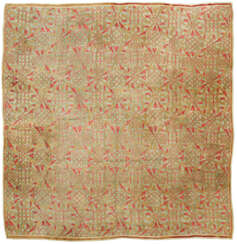






![[ANGUILBERT, Théobald ?].](/assets/image/picture_2735043/5cb45/95e4cd8f7090fb96f2b61e3c3a3026021679526000jpg__fix_374_244.jpeg)
![[ANGUILBERT, Théobald ?].](https://veryimportantlot.com/assets/image/picture_2735043/5cb45/95e4cd8f7090fb96f2b61e3c3a3026021679526000jpg__fix_374_244.jpeg)


